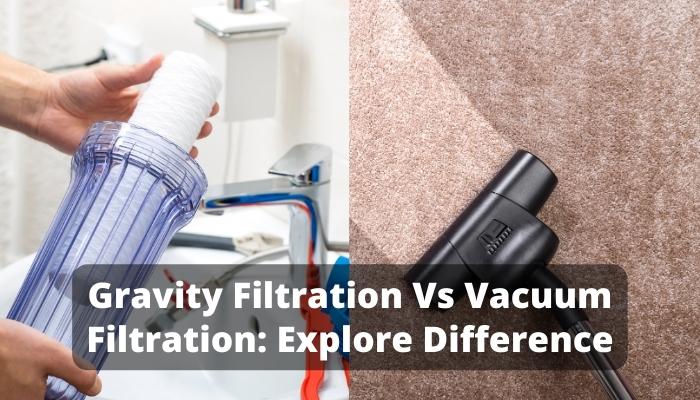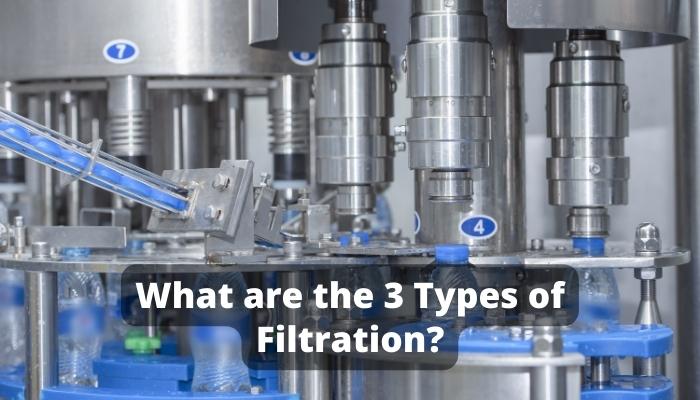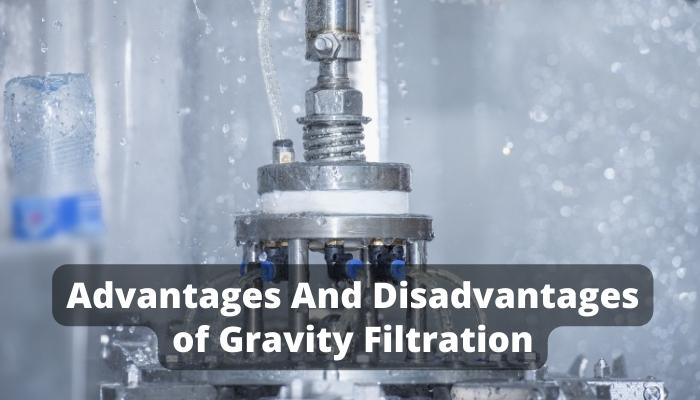Filtration is a fundamental process used across various industries to separate solids from liquids or gases. It involves passing a mixture through a medium that allows only specific components, effectively segregating undesired materials. The importance of filtration spans several fields, including environmental science, where it helps in water purification and air quality management, pharmaceuticals for drug preparation, and the food and beverage industry for clarifying liquids and ensuring product purity.
In environmental engineering, filtration technology is critical for managing water treatment plants and controlling pollution. It is pivotal in ensuring safe drinking water free from sediments and pathogens. Similarly, in the pharmaceutical industry, filtration ensures that medications are free from contaminants and meet stringent safety standards. The technology is also vital in the food sector, where it is used to refine everything from oils to syrups, ensuring products are clear, pure, and palatable without altering their taste or nutritional values.
Introduction to Gravity and Vacuum Filtration
Gravity and vacuum filtration are two primary methods used in labs and industrial processes, each suited to different scenarios based on the nature of the substances involved and the desired outcomes. As the name suggests, gravity filtration relies on the earth’s gravitational force to pull the mixture through the filter. It is typically used when the residue is the desired product or when a rapid separation is unnecessary. On the other hand, vacuum filtration is used when the filtrate is desired quickly and efficiently. This method uses a vacuum to draw the mixture through the filter, which speeds up the process and can handle more viscous fluids or finer precipitates. Both methods have unique setups, operational techniques, and applications, making them indispensable tools in scientific research and industrial applications.
Understanding Gravity Filtration
Gravity filtration is a fundamental technique used widely in laboratories to separate solid substances from liquids. This process relies on the earth’s gravitational force to pull the liquid through a filter, which retains the solid particles. Typically, the setup involves a funnel equipped with filter paper placed in a ring stand, over which the mixture to be filtered is poured. The liquid drips through by gravity, leaving a solid residue on the paper. This method is favoured for its straightforwardness and requires no special equipment other than essential laboratory glassware.
The advantages of gravity filtration lie primarily in its simplicity and cost-effectiveness. It does not require electricity or expensive apparatus, making it accessible for basic laboratory settings and educational purposes. Furthermore, the ease of setup and operation makes it an ideal choice for processes where speed is not critical but cost savings are paramount.
The ideal applications for gravity filtration are those where the purity of the liquid, rather than the solid, is the primary concern. This method is beneficial in preparing solutions for further chemical reactions or where solids can be discarded. It is particularly effective for hot solutions where other filtration methods might be compromised by high temperatures, as the simplicity of gravity filtration allows for the safe handling of such mixtures.
Read More about best-water-filter-vacuum-cleaner
Exploring Vacuum Filtration
Vacuum filtration takes the concept of filtration a step further by using a vacuum to draw the liquid through the filter, significantly speeding up the process. This method involves a setup that includes a Buchner funnel, filter paper, a flask, and a vacuum pump. The mixture to be filtered is poured into the Buchner funnel, and the vacuum pump is activated. The increased pressure difference created by the vacuum allows for faster liquid separation from the solids trapped by the filter paper.
The benefits of vacuum filtration are centred around its efficiency and versatility. Using a vacuum reduces the filtration time, making it suitable for laboratory situations where time is a limiting factor. Moreover, controlling the pressure gradient allows for the filtration of finer particles and more viscous liquids, which would be impractical with gravity filtration. This adaptability makes vacuum filtration a preferred choice in complex chemical syntheses and industrial applications requiring higher precision and efficiency.
Optimal uses for vacuum filtration are found in scenarios where quick separation of a mixture is crucial. This method excels in preparing precipitates intended for further chemical analysis or reactions, as it efficiently reduces moisture content in the solids. Additionally, its effectiveness in filtering viscous or more particulate-laden solutions makes it invaluable in industrial processes where these characteristics are common, such as pharmaceutical manufacturing and wastewater processing.
These detailed paragraphs expand on the gravity and vacuum filtration methods, highlighting their mechanisms, benefits, and ideal applications, helping to convey the distinct contexts in which each technique would be most effective.
Comparing Gravity and Vacuum Filtration
Speed and Efficiency
When comparing the speed and efficiency of gravity filtration versus vacuum filtration, it’s crucial to understand how each method processes solutions. Gravity filtration relies on the natural force of gravity pulling the liquid through a filter. This method is straightforward but generally slower, making it less suitable for large volumes or when quick separation is necessary. On the other hand, vacuum filtration uses a pump to create a vacuum below the filter, significantly speeding up the filtration process. This makes vacuum filtration highly efficient for rapidly separating precipitates from solutions, especially in laboratory settings where time is often critical.
Cost Implications
Considering the cost implications of gravity and vacuum filtration involves examining upfront and ongoing expenses. Gravity filtration systems are typically less expensive since they require minimal equipment—often only a funnel and a filter. This simplicity also leads to lower maintenance costs and fewer operational issues. Vacuum filtration, while more costly upfront due to the need for additional equipment such as vacuum pumps and more complex setups, can be more cost-effective in the long run for high-volume or frequent laboratory uses. The efficiency of vacuum filtration can justify the initial investment by saving time and potentially reducing labour costs.
Suitability for Different Samples
The choice between gravity and vacuum filtration often depends on the nature of the samples being filtered. Gravity filtration is well-suited for samples less sensitive to exposure to air and where the solute can be easily separated from the solvent without the need for quick removal. It’s ideal for filtering organic solutions where the residue does not clog the filter. Vacuum filtration, however, excels with samples that require faster processing to prevent degradation or where the sediment is fine and can easily clog a filter under normal gravity. This method is particularly advantageous for inorganic or biochemical samples where quick and efficient separation is critical to maintaining sample integrity.
FAQs
Q: Can I use gravity filtration for aggressive chemicals?
A: It’s best to avoid using gravity filtration with corrosive or aggressive substances. Vacuum filtration is a safer choice in such cases.
Q: Which method is better for filtering large volumes of water?
A: Vacuum filtration is more suitable for large-scale water filtration due to its faster flow rate.
Q: Is vacuum filtration more expensive?
A: While vacuum pumps add some cost, saving time often justifies the investment.
Q: Can I use vacuum filtration for biological samples?
A: Yes, vacuum filtration is commonly used for sterilizing and concentrating biological samples.
Q: How do I prevent clogging during vacuum filtration?
A: Use appropriate filter media and pre-filter if necessary to prevent clogs. Regular maintenance is essential.
Conclusion
In summary, both gravity and vacuum filtration have merits. Gravity filtration is straightforward and gentle, while vacuum filtration is faster and more efficient. When choosing between the two methods, consider your sample size, filtration speed, and the nature of the liquid.






